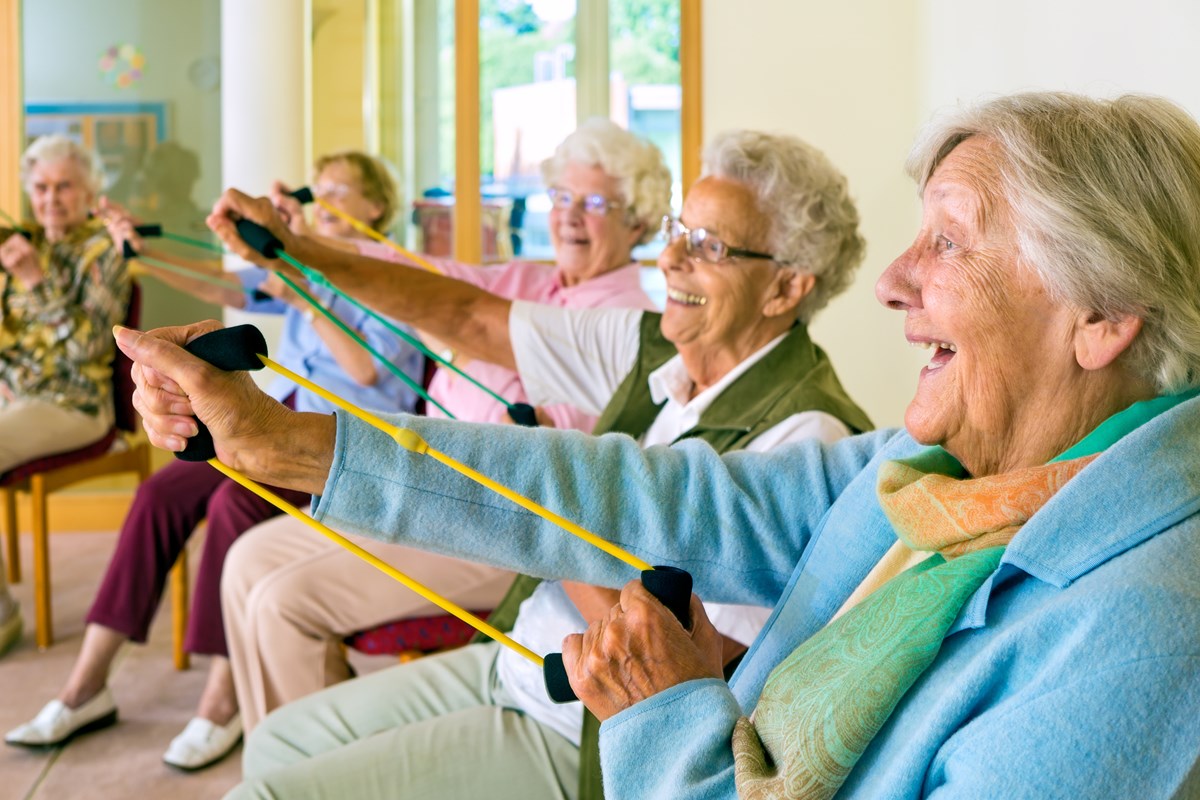If you live long enough, much will go wrong with your body. As you age, you will lose your teeth, your hair will turn gray, your brain will shrink, and your eyes will see less and less. Your joints, skeleton, heart, muscles, veins, and arteries will all gradually soften, harden, swell, or shrink in ways that degrade their function. It’s both inescapable and irreversible.
“We just fall apart.”Harvard medical professor and best-selling author Atul Gawande wants us to stop deceiving ourselves with the endless parade of feel-good anecdotes about 90-year-old marathon runners and reports about long-lived lab mice, stories that seem to promise a magic pill or a genetic potion that will save us from our inevitable decline.
In his book Being Mortal, Gawande quotes an expert on aging who says there is “no single, common cellular mechanism to the aging process.… We just fall apart.”
Yet, Being Mortal does offer important and practical advice for a better life before death.
Falling apart has consequences for how we live during old age. Gawande praises geriatric medicine, but he also points out that most of what the elderly need isn’t medical intervention. They need to carefully manage life on the decline.
Institutionalizing the Elderly
Nursing homes were not originally created for old people.Gawande is particularly critical of the institutions that care for the aged and infirm. The failures of the nursing home are partly the result of people’s own unwillingness to acknowledge what’s coming and to plan for it, but its problems also derive from how the institution evolved.
Nursing homes were never primarily designed to help solve old people’s problems — to help them continue living their lives and pursuing their goals with more limited abilities. Rather, they arose to solve other problems created by a large population of elderly people, who increasingly did not live out their final years with their children.
Abuse and terrible conditions in poorhouses led many states to try to force their closure in the early and mid-20th century. Combined with the explosion of hospital construction across the country in the 1950s, these closures led to many former poorhouse inmates being offloaded to hospitals. Overcrowding then caused hospital administrators to establish special wards for elderly patients with chronic, nonemergency problems; thus were “nursing homes” born.
Nursing homes solved the states’ and the hospitals’ problem of “what to do with” old people. But, though the safety and quality of homes have hugely improved since their creation, they have never entirely satisfied the elderly themselves. That’s not surprising: their wishes and desires were never the point.
The institution always wins in the end. This dissatisfaction doesn’t imply that nursing staff are bad people — on the contrary, they are usually exceptionally dedicated. But, however benevolent, the institution’s goals are fundamentally different from the goals of the individuals who reside in it — and the institution always wins in the end. This system inevitably leads to conflict and unhappiness for adults who find that their desires are no longer what matters most — who, for the first time since childhood, find they lack the ability to direct their own lives.
Gawande tells the story of a woman who, after several falls, still refused to relocate to the intensive nursing floor of her home. Finally, another fall snapped her femur, and she had no choice but to move upstairs.
All privacy and control were gone. She was put in hospital clothes most of the time. She woke when they told her, bathed and dressed when they told her, ate when they told her. She lived with whomever they said she had to.… She felt incarcerated, like she was in prison for being old.
Comparing nursing home life to prison is not mere hyperbole.
The sociologist Erving Goffman noted the likeness between prisons and nursing homes half a century ago in his book Asylums. They were, along with military training camps, orphanages, and mental hospitals, “total institutions” — places largely cut off from wider society.
“A basic social arrangement in modern society,” Goffman pointed out, “is that the individual tends to sleep, play, and work in different places, with different co-participants, under different authorities, and without an over-all rational plan.”
Total institutions, in contrast, destroy the boundaries that let us order our lives. Residents live under a central authority, their daily activities dictated by a tight schedule and pursued with the same batch of fellow residents based not on free association but assigned by the central plan.
“The various enforced activities,” Goffman wrote, “are brought together into a single plan purportedly designed to fulfill the official aims of the institution.”
“In a nursing home,” says Gawande, “The official aim of the institution is caring, but the idea of caring that had evolved didn’t bear any meaningful resemblance to what [she] would call living.” While she was glad to be safe, “The trouble was that she expected more from life than safety.”
Life before Death
Being assiduously “cared for” is not what is good about life; it’s just passively treading water until you wear out. Unfortunately, most homes focus more on the preservation, rather than the quality, of residents’ lives. “Priorities are matters like avoiding bedsores and maintaining residents’ weight,” writes Gawande: “important medical goals, to be sure, but they are means, not ends.”
Safety is a necessary but not sufficient condition for personal fulfillment.
The nursing home is an experiment with centrally planned society — a well-intentioned, watchful, and above all safe society, but one that is missing most of what we love about adult life: to have an open-ended day, to be spontaneous, to try new things, to choose our friends, to set and pursue goals, to create value and contribute, to have private time, and especially to act without permission.
To make our own choices was the first intoxicating high of freedom.At some point, we forget what life was like as a child — we scoff about surly kids, ungrateful that everything is being done for them — and overlook why we were desperate to escape the cocoon of dependency and authority that shaped our early lives.
To have our desires respected as meaningful by others, to make our own choices, was the first intoxicating high of freedom. There’s something uniquely horrible about doing this in reverse — experiencing independence for six decades and then having it taken away with no possibility of ever getting it back.
This isn’t some sinister plot, of course. Many old people really shouldn’t drive or control their own finances, and in the end, most of us will be flatly unable to continue the basic tasks we have performed since childhood. But that reality doesn’t make the prospect of losing our autonomy any less tragic.
We have less time than we think.When we contemplate our mortality, we should consider that there is quite a bit that we won’t be able to do while we are still alive. We have less time than we think: unless we die suddenly from an accident or acute illness, we will lose much of our freedom and independence before we lose our lives.
How we handle that decline — how we plan or fail to plan for our own infirmity and loss of control — will help determine our happiness in the end. How well we absorb the lessons of life before death will also influence the health of our society and its ability to encourage human flourishing.
A version of this article appeared in the Summer 2016 edition of the Freeman.

